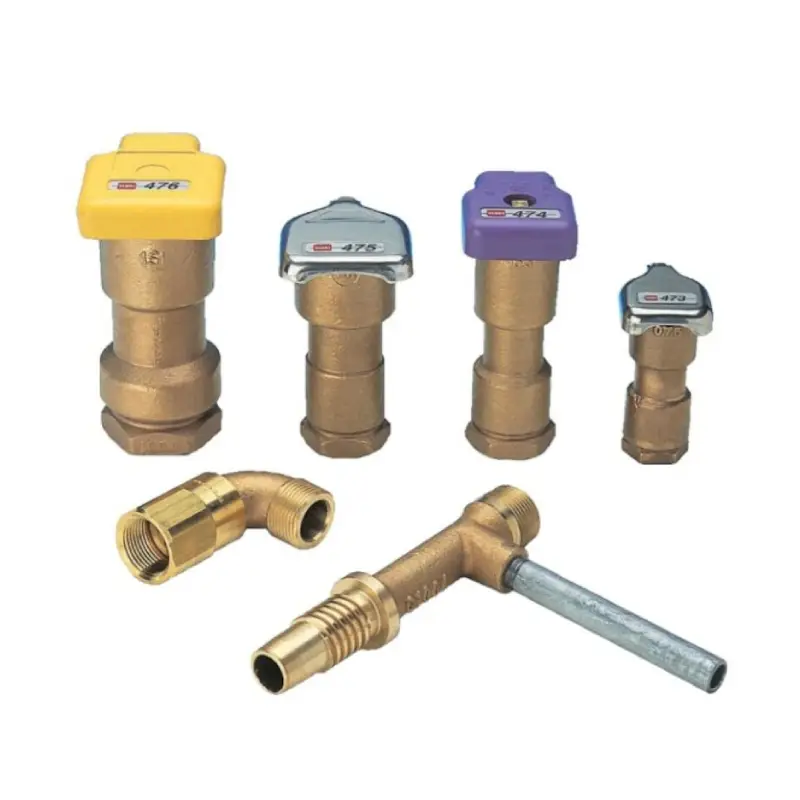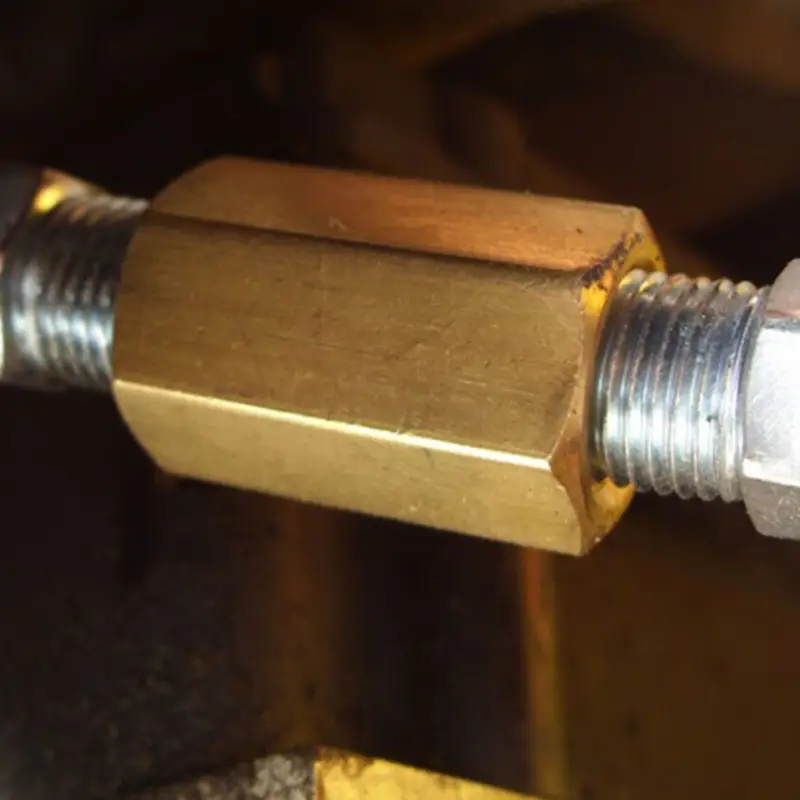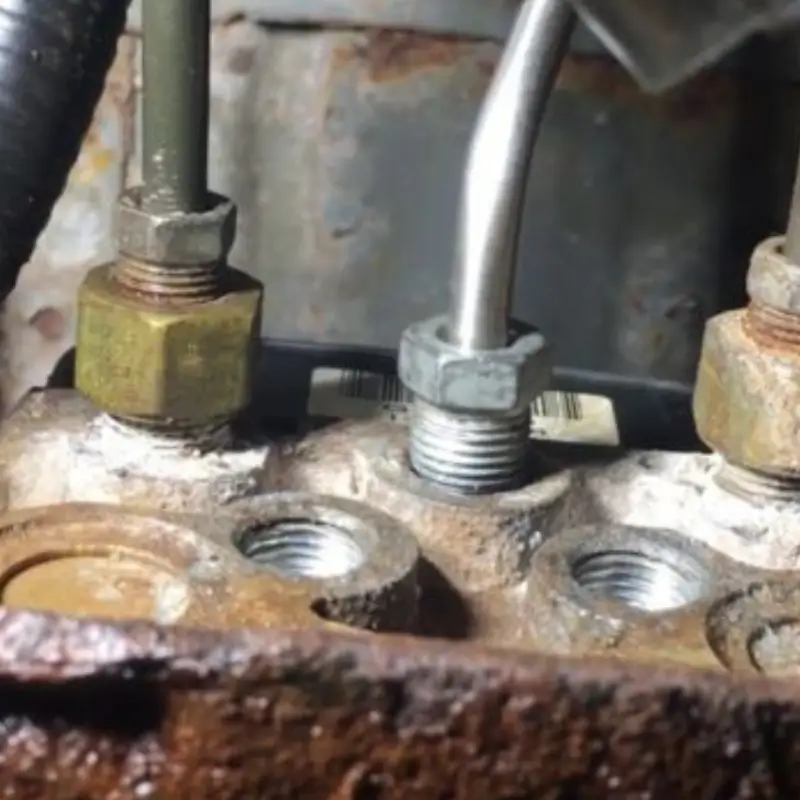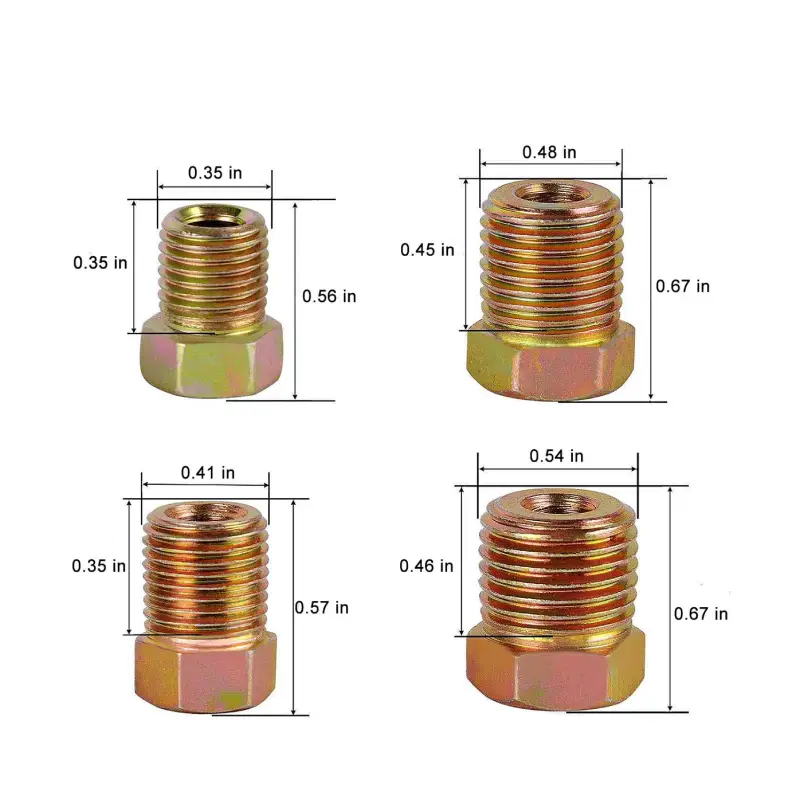A quick coupler valve plays a critical role in fluid systems, providing an efficient and convenient way to connect and disconnect pipes or hoses.
Whether you are working in irrigation, hydraulic systems, or other fluid-related industries, understanding what a quick coupler valve is and how it works is essential.
In this article, we will explore the definition, function, types, and applications of quick coupler valves with a particular focus on their use in irrigation systems.
If you have any questions about the article’s content, feel free to contact us anytime.
What is a Quick Coupler?
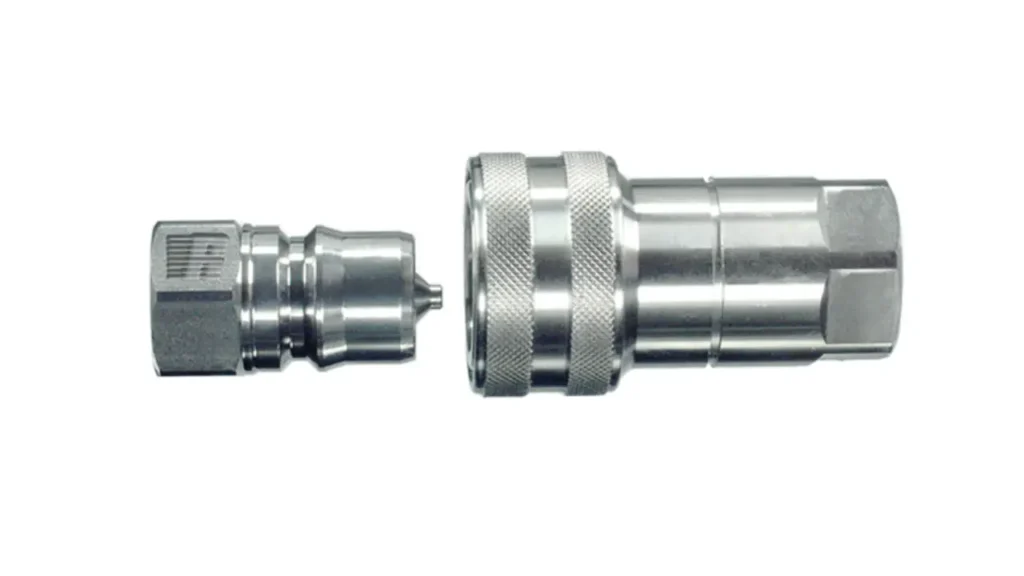
A quick coupler is a specialized fitting designed to easily connect and disconnect fluid lines or hoses without tools. This device is essential for situations where rapid and secure connections are required.
Quick couplers are often used in hydraulic systems, irrigation systems, and various other industries. There are several types of quick couplers, each tailored to specific needs.
For irrigation, the irrigation quick coupler valve is commonly used. It ensures a tight, leak-free connection between pipes or hoses, allowing for quick installation and removal when changing irrigation lines. These couplers are durable and built to withstand harsh outdoor conditions.
Functions and Components
The main function of a quick coupler is to provide a reliable, tight seal while allowing rapid connection and disconnection of hoses or tubes. This tool is used to minimize downtime and reduce the risk of leakage or contamination.
A typical quick coupler consists of several components:
- Body: The main housing that connects the coupling to the system.
- Valve Mechanism: Ensures that fluid or gas only flows when the coupling is securely connected.
- Seal: Provides a tight, leak-free connection.
- Locking Mechanism: Keeps the coupling securely connected.
What is a Quick Coupler Valve?
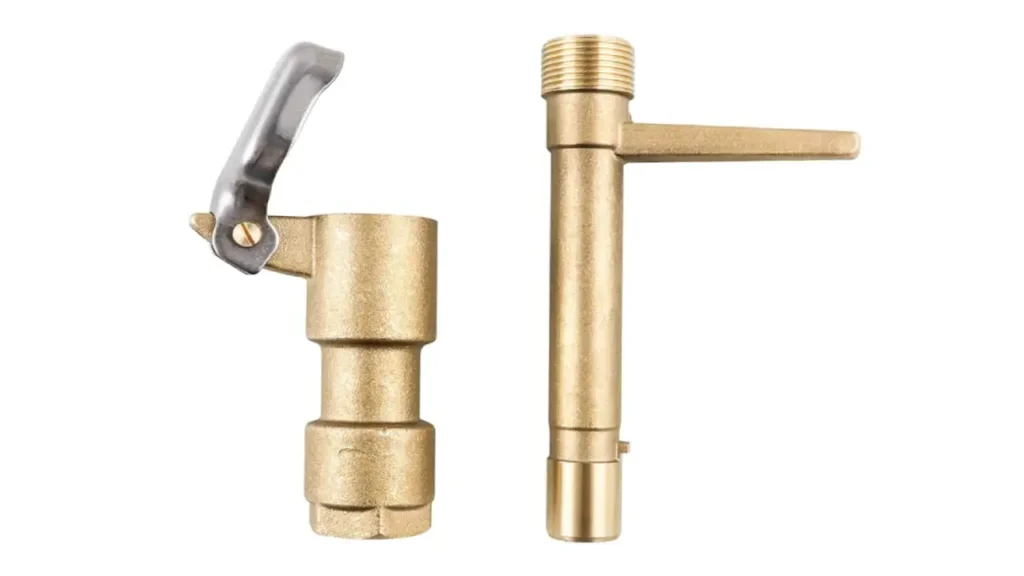
A quick coupler valve is a device that facilitates the easy coupling and uncoupling of fluid systems, such as irrigation lines or hydraulic pipes. It integrates a valve mechanism that not only allows for quick connections but also controls the flow of fluid to prevent leaks when disconnected. A quick coupler valve is essential for managing fluid flow and maintaining a secure and efficient system.
Key Components of a Quick Coupler Valve:
- Valve Body: The main structure that houses all other components.
- Seal: Ensures a leak-free connection.
- Spring Mechanism: Helps in locking and unlocking the coupler.
- Locking Mechanism: Keeps the coupler secure during operation.
Standard Classifications of Quick Coupler Valves: Quick coupler valves come in various sizes, materials, and pressure ratings. Below are some common classifications:
| Category | Description |
|---|---|
| Size | Available in various sizes such as 1-inch, 3/4-inch, and 1/2-inch, depending on the application. |
| Pressure Rating | Common pressure ratings are 150 PSI, 200 PSI, and 300 PSI, depending on the fluid system requirements. |
| Material | Typically made from stainless steel, brass, or plastic, with stainless steel being ideal for higher-pressure systems. |
| Application | Hydraulic quick coupler valve for heavy machinery, irrigation quick coupler valve for agriculture, and pneumatic quick couplers for air systems. |
| Functionality | Can be automatic or manual, where automatic quick couplers are easier to use without manual locking/unlocking. |
What is a Quick Coupler Valve Used For and Its Advantages
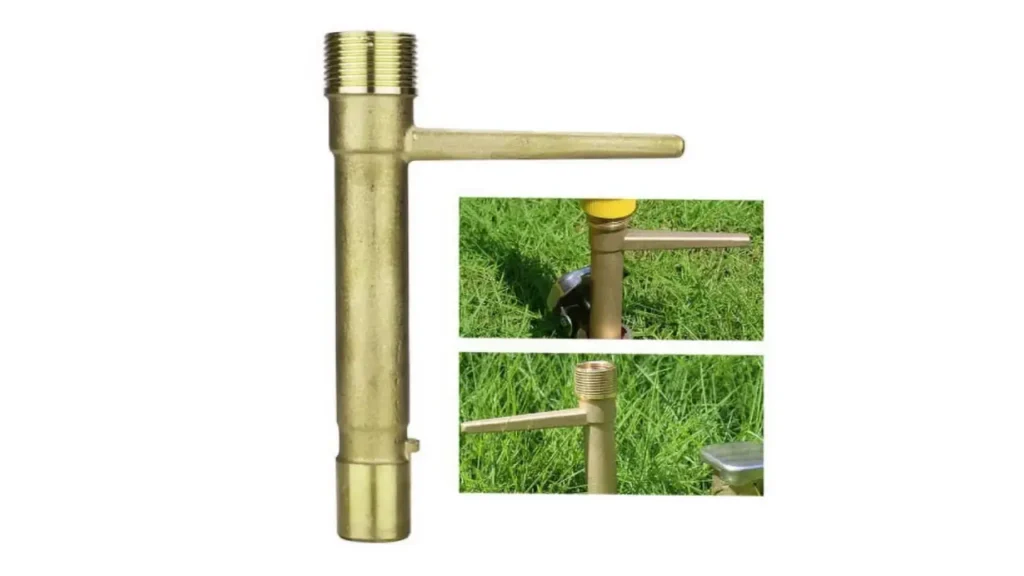
A quick coupler valve is used primarily in applications where quick connection and disconnection are necessary. Common uses include:
- Irrigation systems: Helps in connecting irrigation lines quickly, especially in large agricultural fields.
- Hydraulic systems: Allows easy connection of hoses and pipes in machines and equipment.
- Watering equipment: Ensures the fast setup and breakdown of watering systems.
Advantages of a Quick Coupler Valve:
- Speed: Saves time during setup and breakdown, crucial for large-scale operations.
- Leak Prevention: Proper sealing ensures no fluid leaks when disconnected.
- Durability: Designed to withstand harsh environments and weather conditions.
- Ease of Use: Quick, tool-free connections save labor and increase efficiency.
Certainly! Here’s an extended explanation of the working principle of a quick coupler valve, providing more detail on each step and additional context to ensure a thorough understanding:
What Does Quick Coupler Valve Work?
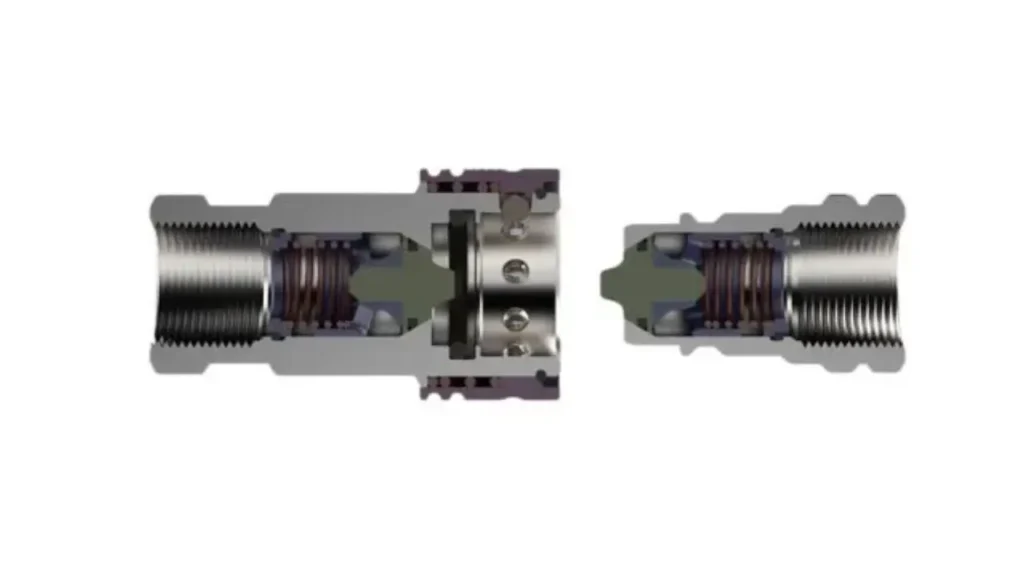
The working principle of a quick coupler valve is both simple and highly effective, designed to facilitate rapid connection and disconnection while maintaining system integrity and preventing fluid leakage. This mechanism is crucial in various applications, including irrigation systems, hydraulic equipment, and pneumatic tools.
Step 1: Alignment
- Preparation: Before connecting, ensure that both the male and female parts of the quick coupler are clean and free from debris. Any dirt or contaminants can interfere with the seal and cause leaks.
- Alignment: Align the male part (usually attached to a hose or pipe) with the female part. Proper alignment ensures that the coupling process is smooth and reduces the risk of damaging the internal seals or valves.
Step 2: Connection
- Insertion: Push the male part into the female part until you feel resistance. The design typically includes guide features to help align the components correctly.
- Locking Mechanism: Continue pushing until the locking mechanism engages. This could involve spring-loaded balls, levers, or sliding sleeves that lock into place automatically when the male part reaches its full insertion depth. A distinct click or tactile feedback indicates successful engagement.
- Valve Opening: As the locking mechanism engages, it simultaneously opens the internal valves on both parts. These valves allow fluid (water, oil, air, etc.) to flow through the coupling. The precise timing ensures that there is no spillage during the connection process.
Step 3: Fluid Flow
- Operational State: Once securely connected, the quick coupler valve allows for continuous fluid flow without any interruptions or leaks. The internal seals provide a tight fit, ensuring high pressure integrity and preventing fluid escape.
- Monitoring: During operation, it’s important to monitor the system for any signs of abnormal behavior, such as reduced flow rates or unusual noises, which could indicate potential issues like blockages or wear.
Step 4: Disconnection
- Preparation for Disconnection: Ensure the system is safe to disconnect if necessary (e.g., depressurized). Locate the release mechanism, which may be a button, sleeve, or lever depending on the design.
- Release Locking Mechanism: Operate the release mechanism by pulling back a sleeve, pressing a button, or moving a lever. This action disengages the locking mechanism and simultaneously closes the internal valves on both parts, stopping the flow of fluid immediately.
- Separation: Gently pull the male part out of the female part. The closed valves prevent any fluid from escaping, minimizing spillage and reducing the risk of environmental contamination or system damage.
Additional Considerations:
- Maintenance: Regular maintenance of the quick coupler valve is essential to ensure long-term reliability. Inspect the coupler periodically for wear, corrosion, or damage. Clean and lubricate as needed according to the manufacturer’s guidelines.
- Compatibility: Always ensure that the quick coupler valve is compatible with the specific fluids or gases used in your application. Using incompatible materials can lead to premature failure or hazardous conditions.
- Safety: Adhere to all safety guidelines when operating quick coupler valves, especially in high-pressure systems. Proper training and awareness of emergency procedures are critical for preventing accidents.
By understanding these detailed steps and considerations, users can maximize the efficiency and safety of their systems while extending the lifespan of their quick coupler valves.
This comprehensive approach not only ensures optimal performance but also promotes sustainable and reliable operations across various industries.
How To Install Quick Coupler Valve?

Installing a quick coupler valve is straightforward, but there are some important steps and considerations to ensure proper function.
- Step 1: Choose the right size and type of valve based on your system’s specifications.
- Step 2: Check the pressure rating and material compatibility to ensure they match your system’s requirements.
- Step 3: Install the coupler securely, ensuring no leakage at the connection points.
- Step 4: Tighten the coupler until it’s snug, ensuring a leak-proof seal.
- Step 5: Test the system for leaks before putting it into full operation.
Common Installation Issues:
- Misalignment of the coupler parts.
- Incompatibility of sizes or pressure ratings.
- Failure to tighten the connection properly, causing leaks.
Conclusion
A quick coupler valve is an invaluable tool in irrigation and hydraulic systems, providing ease of use, leak prevention, and efficiency.
By understanding its definition, components, and installation process, you can ensure that your system operates smoothly.
If you are interested in our products, please visit our homepage or contact us for our product catalog.
FAQs About What is a Quick Coupler Valve
What does a quick coupling valve do?
A quick coupling valve enables fast connection and disconnection of fluid systems without the need for tools. It automatically seals when disconnected to prevent leaks.
What is the purpose of a quick coupler?
A quick coupler is designed to provide a quick, secure connection for hoses or pipes in various systems, such as irrigation or hydraulic applications. It saves time and effort during setup and breakdown.
What is the purpose of a coupling valve?
The purpose of a coupling valve is to allow the safe, leak-free connection and disconnection of fluid lines. It is especially useful in systems where frequent connection changes are required.
How do you use a quick coupler?
To use a quick coupler, align the male and female parts of the coupler, push them together until they lock into place, and then ensure the valve is securely sealed.
What are the different types of quick coupler valves?
Quick coupler valves come in different sizes, materials, and pressure ratings, with specific types designed for irrigation, hydraulic, and pneumatic systems. Choose the right one based on your application.
Where to buy quick coupler irrigation valves?
For custom solutions, you can find a wide variety of quick coupler irrigation valves at Dingfeng. We offer full categories of coupler valves, and we can provide you with tailored options. Feel free to contact us for more details or check our website.
